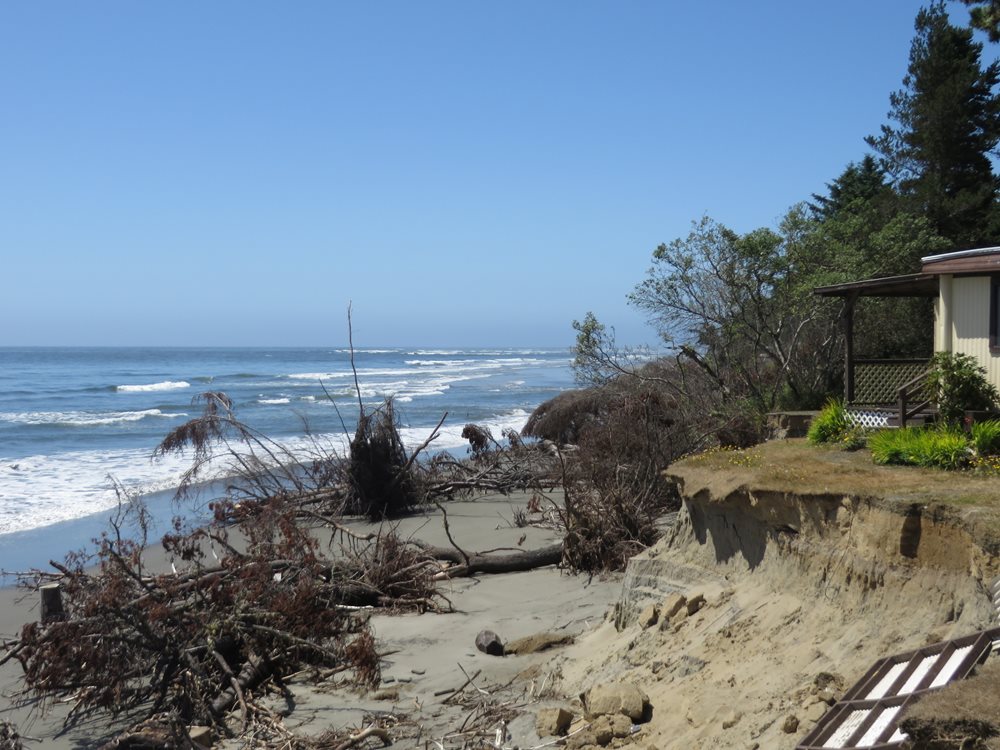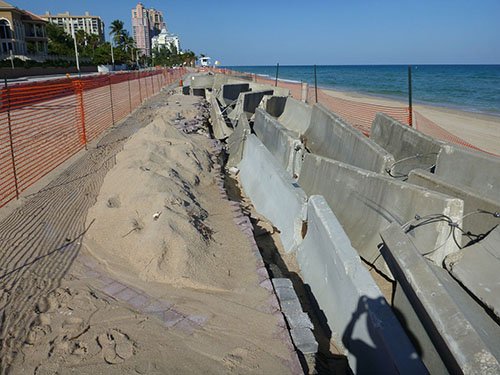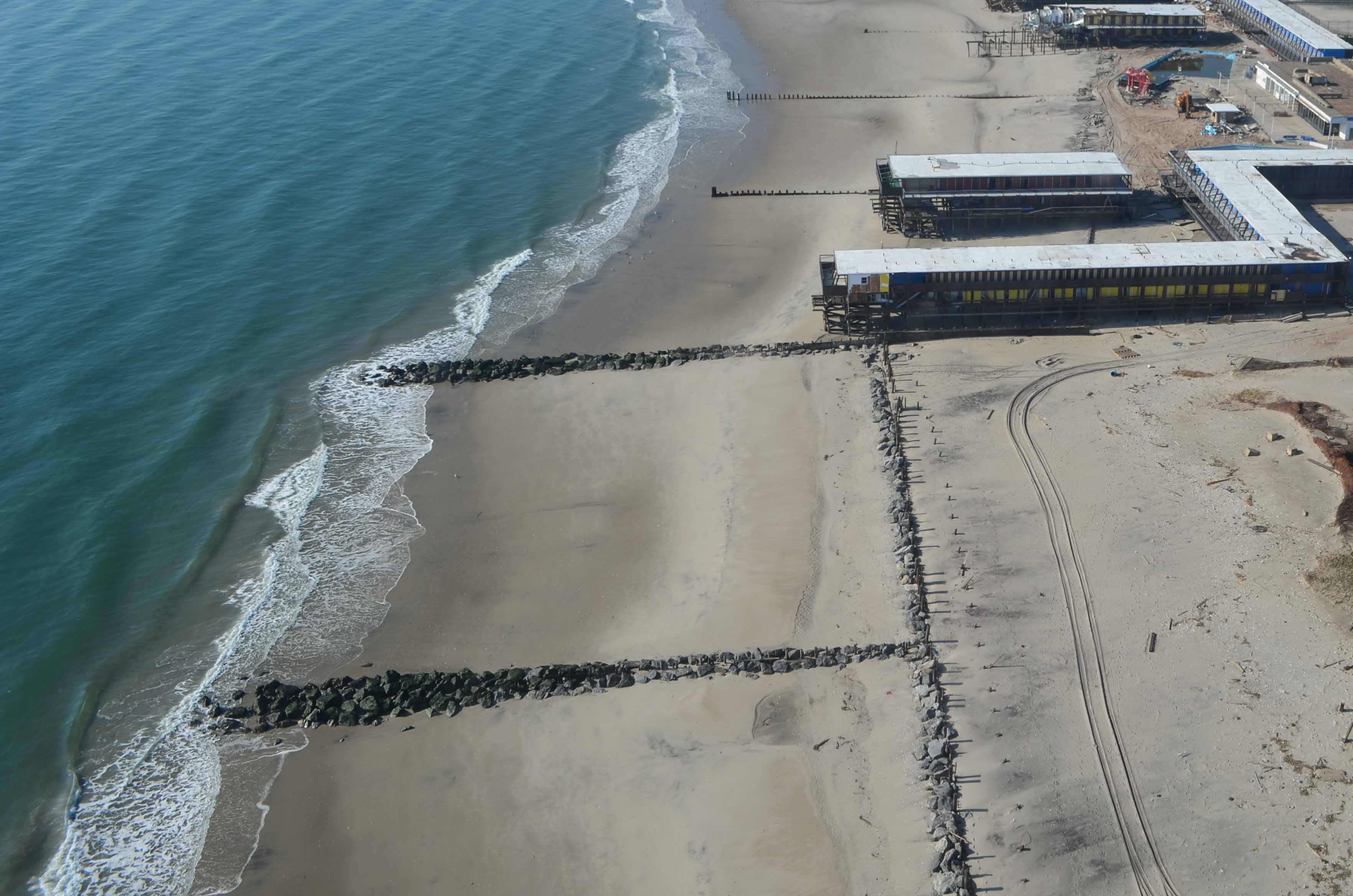What Does Shore Protect Team Mean?
Table of ContentsThe Only Guide for Shore Protect TeamGetting My Shore Protect Team To WorkSome Of Shore Protect TeamA Biased View of Shore Protect TeamThe Only Guide for Shore Protect TeamNot known Details About Shore Protect Team Shore Protect Team Fundamentals Explained
Decrease in home value: As the location tourist is impacted by disintegration, so after that is the economy. Customers are less most likely to look for a beach residence that can be ruined anytime by the impending flooding and erosion emergency situation. Consequently, property worth can drop exceptionally and influence the whole region.Whether a beach is simply tiny and crowded or has to shut entirely for the safety and security of the ecosystem and close-by properties, this substantially impacts tourist. In turn, regional economies are affected (https://nicedir.net/details.php?id=358844). Risk of injury: The increased danger of flooding and architectural failures triggers a raised danger of injury to neighboring travelers and area members

Coastline stablizing is directly associated to their job. Waterside hotels: Because shoreline erosion impacts tourism, it impacts the success of waterside hotels.
6 Easy Facts About Shore Protect Team Shown
Coastal industrial organizations: No tourists means no service. Coastal state parks: State parks that exist along shorelines are at danger of damage.
Tough stabilization utilizes manufactured frameworks as security to regulate disintegration. The majority of types of tough stabilization like seawalls and sheet metal are not optimal for shoreline stabilization.
5 Easy Facts About Shore Protect Team Shown
There's also insufficient proof of their effectiveness relying on the kind of shoreline and regional problems. Tough stablizing techniques often tend to be harder to mount and do not match the all-natural aesthetic, standing out like a sore thumb and damaging regional ecosystems in many scenarios. Coastline sustenance is the procedure of including shed sand and debris back to coastlines after disintegration has taken place.
TrapBags aid in the process of beach nourishment by securing natural ecological communities and enabling plants to expand. They're: Ecologically pleasant: You can use native soil both to border and to fill the TrapBags.

More About Shore Protect Team
They can likewise be installed without any kind of heavy equipment. Budget-friendly: TrapBags are optimal for both little and huge locations of shoreline.
Incorporated with a high building and construction cost, this has actually resulted in boosting usage of other soft design coastal administration choices such as beach replenishment. Seawalls are constructed from different products, many commonly enhanced concrete, boulders, steel, or gabions. Various other feasible building and construction materials consist of plastic, timber, light weight aluminum, fiberglass composite, and naturally degradable sandbags made of jute and coir. The appropriate seawall style counts on location-specific facets, consisting of surrounding disintegration processes. There are three primary kinds of seawalls: vertical, rounded, tipped, and mounds (see table listed below).
All-natural barriers, such as coral reefs and mangrove woodlands, avoid the spread of tidal waves and the circulation of seaside waters and mitigated the flood and surge of water. A cost-benefit technique is an effective means to figure out whether a seawall is suitable and whether the advantages are worth the cost.
The Greatest Guide To Shore Protect Team
A seawall is a static feature which can contravene the dynamic nature of the coast and hinder the exchange of sediment between land and sea. The table listed below summarizes some positive and adverse effects of seawalls which can be used when comparing their effectiveness with various other seaside management alternatives, such as coastline nourishment. [] Advantages and drawbacks of seawalls according to Short (1999) Benefits Downsides Long term service in comparison to soft coastline nutrients.

This can cause coastlines to dissipate, making them ineffective for coastline goers. Usually, seawalls can be a successful method to regulate seaside disintegration, however only if they are built well and out of materials that can withstand the force of ongoing wave power.
Some Known Details About Shore Protect Team
Integrated with a high building price, this has resulted in enhancing use of other soft design coastal administration choices such as coastline replenishment. Seawalls are created from different products, many generally reinforced concrete, rocks, steel, or gabions. Various other possible construction materials consist of plastic, wood, aluminum, fiberglass composite, and naturally degradable sandbags made of jute and coir. The appropriate seawall layout counts on location-specific facets, including surrounding erosion procedures. There are three main kinds of seawalls: vertical, bent, tipped, and mounds (see table below). A report published by the United Nations Atmosphere Programme (UNEP) suggests that the tidal wave of 26 December 2004 created much less damages in the locations where natural obstacles were existing, such as mangroves, coral reefs or seaside vegetation.
All-natural barriers, such as coral reefs and mangrove forests, stop the spread of tsunamis and the flow of seaside waters and reduced the flooding and surge of water. A cost-benefit approach is an efficient way to identify whether a seawall is proper and whether the benefits deserve the expense.
The Of Shore Protect Team
A seawall is a static feature which can contravene the dynamic nature of the coast and restrain the exchange of debris between land and sea. The table below sums up some positive and unfavorable effects of seawalls which can be used when comparing their performance with various other seaside administration choices, such as coastline nourishment. [] Benefits and negative aspects of seawalls according to Short (1999) Benefits Drawbacks Long term remedy in contrast to soft coastline nutrition. Bulkhead construction.

This can create coastlines to dissipate, rendering them pointless for coastline goers. Generally, seawalls can be a successful way to regulate seaside erosion, but only if they are created well and out of materials that can withstand the pressure of recurring wave energy. Some understanding is required of the seaside processes and morphodynamics details to the seawall area.